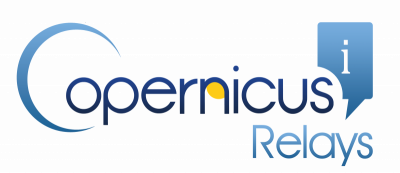The SIOS Remote Sensing Service (RSS) is designed to offer researchers a single-point of contact for satellite data and information for Svalbard while drawing on the combined knowledge of the network of SIOS partner institutions.
- We coordinate commissioned data processing and make these products available via our access point.
- We aim to share our expertise with the field scientists on how they can use satellite data and information to conduct their field campaigns in Svalbard.
- We advise researchers on their respective satellite data needs and also provide prioritized tailored training or workshop on remote sensing.
- We strive to support cal/val activities and related campaigns in Svalbard by sharing expertise of our working group.
- We continuously carry out dialogues with satellite data and information users, developers, and modelers to comprehensively understand their needs from Svalbard.
- We highlight remote sensing activities being carried out SIOS members on international platforms.
- As a Copernicus Relay, we aim to share our expertise with the European Commission’s Copernicus satellite programme, giving us the opportunity to showcase the application of Earth Observation data to the research community on Svalbard.
The SIOS Remote Sensing Service follows a user-driven approach where the partner institutions set the scientific needs that support the development of an extensive Observing System for Svalbard.
Airborne Remote Sensing
|
SIOS-Planet call |
Copernicus Relay
|
||
Training courses
|
Biennial Online Conference
|
Webinar series
|
SIOS
|
|
ECR for RSWGNext call
|
SIOS-Unified PlatformECR project
|
RSWG SurveysECR project Product Inventory Survey open |
SIOS-Citizen ScienceECR project
|




























